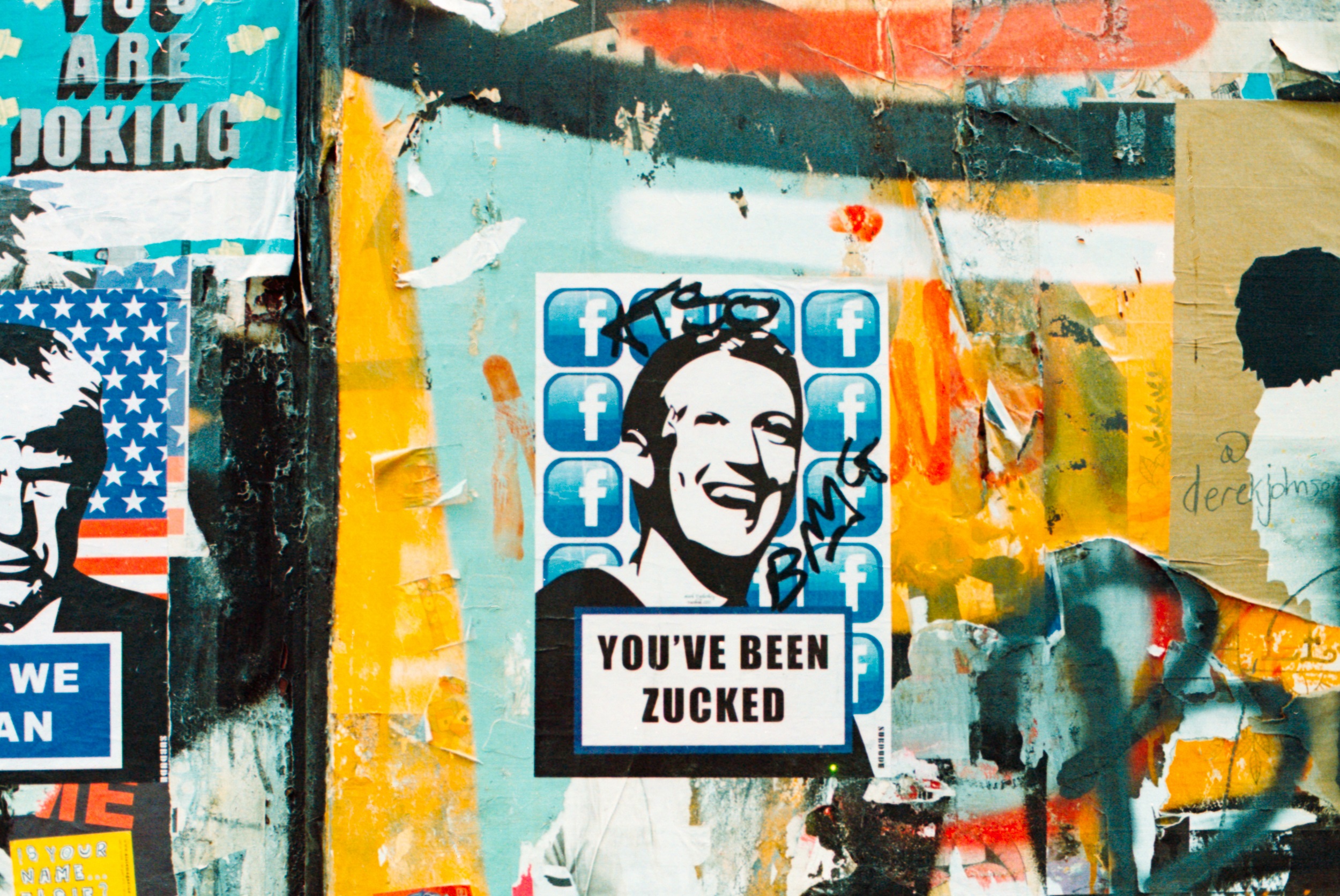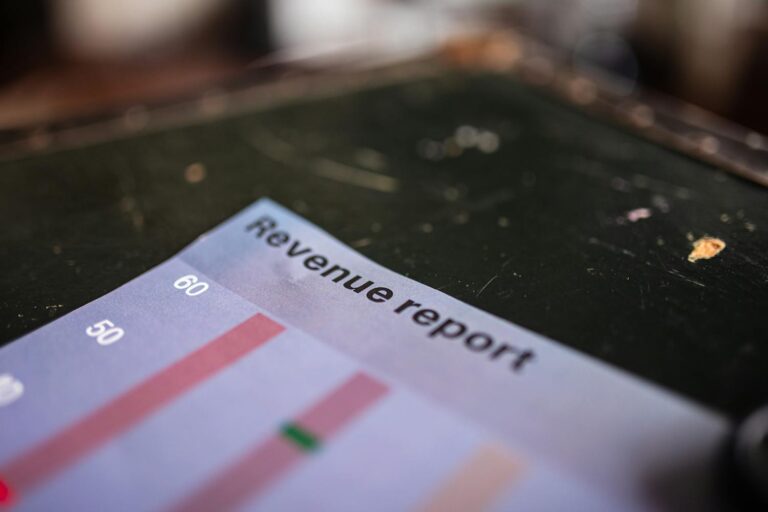
Facebook sounds like the best place to start with your paid social media campaigns and with good reason. It has almost 3 billion users across the globe, reaching 59% of the entire social networking population across the globe. That massive user base makes Facebook an attractive destination for brands.
More than 10 million active advertisers use Facebook to promote their products and services. A significant chunk of its ad sales are generated through mobile. That’s not surprising when you consider the fact that over 80% of Facebook users across the platform via a mobile device.
The stats are incredible, to say the least. It would not be wrong to suggest that Facebook has fundamentally changed the way businesses promote their products and services on the internet. So it’s unsurprising to see marketers focus the bulk of their efforts on the platform.
There is no shortage of articles and guides that explain how to make the most of Facebook ads. Such is the interest in the subject matter that experts and gurus of dubious provenance claim to provide strategies that will make you a master in no time.
This tends to do more harm than good as it leads to the creation of myths and misconceptions that people who may be new to Facebook ads follow blindly. Ultimately, this can severely limit their ability to get the most out of this powerful advertising platform.

Common Facebook marketing myths you should forget
- Small businesses can’t afford Facebook ads
Nobody can deny that the cost of advertising on Facebook has gone up considerably even from just a few years ago. A combination of factors has contributed to this. There’s a lot more competition now among advertisers on the social network. Changes to Facebook’s algorithm have also limited the potential reach even of paid ads.
Many would discourage a small business, particularly one in an industry with major players, from spending any money on Facebook ads. It would make sense on the surface. How can a small company compete with a big rival that’s spending hundreds of thousands of dollars on Facebook alone?
The fact remains that extracting great value out of Facebook ads has less to do with the overall budget and more to do with how the campaign is set up and just how effective the creative and copy is. It’s also possible to set bid caps to ensure that the campaign isn’t burning money beyond the level you’re comfortable at.
- Start out with small and very targeted audiences
This is another myth that doesn’t really set up newcomers for success. Facebook provides incredibly detailed targeting for ad campaigns, allowing advertisers to narrow down the target audience significantly. It sounds like a great idea at first. Laser-focus your targeting so the ad reaches the people you think will best respond to it.
It’s actually more risky to narrow down your audience too much. Testing audiences is the way to go. Often you’ll find that campaigns with more broad audiences tend to perform better compared to those with highly targeted ones.
You have to let Facebook’s algorithm do its thing. It’s ability to find people who are the most qualified for your campaign is unmatched. Give the algorithm the freedom it needs to find you the people you’re looking for at the cheapest cost.

- More followers will result in more engagement
This is a rookie mistake and anyone who approaches Facebook ads with this mindset is simply setting their ad spend on fire. No matter how many millions of followers your Facebook page has, it will never directly result in completely proportionate engagement.
Running a campaign just to increase the number of followers on the page isn’t going to get you anywhere. Sure, you’ll end up with a page that looks like a lot of people want to see what’s posted on it, but you actually have no control over how many followers see what you post.
Facebook has limited organic reach severely, this means even if your page has a lot of followers, it will only show your posts to a fraction of them. Even if you do want to increase the number of followers, it’s much better to split the ad spend between campaigns with focused objectives such as conversions or website visits, for example.
- Boosting a post has the same result as a campaign
Facebook allows you to boost posts on your pages. This feature is positioned as a quick and easy way to increase the reach of a particular post and possibly gain new followers.
There’s a common misconception that this achieves the same results as a full-fledged ad campaign. This myth couldn’t be further from the truth. There’s little evidence to suggest that boosting a post works in the same way to increase conversions as a planned ad campaign.
Brands get sucked into this since boosting a post seems like the better option to those with little experience with Facebook ads, but its efficacy is limited in the grand scheme of things.
- Always retarget all website visitors
With the Facebook pixel, you can track the behavior of users on your website and retarget them on Facebook with a campaign. The common wisdom is that you should be retargeting all website visitors but it’s nothing more than a misconception. The truth is that not all people who visit your website should be retargeted on Facebook.
For example, some visitors may only be looking for contact information or searching for open positions. They may not be a customer for your products or services. Retargeting website visitors can be very lucrative but only when it’s done right.
It’s usually better to retarget visitors that have shown high-intent behaviors, such as those who added products to cart but abandoned it, read product reviews, looked at the product catalog, etc.

Facebook is still the best destination to spend your ad dollars
There is no slowing down the juggernaut that is Facebook. It continues to fine tune its ad products and algorithms, thereby providing brands with a great opportunity to leverage its massive user base for new customers.
Brands can lose faith in the platform if they don’t see results quickly and particularly when they have their decisions guided by these common myths. For those who are new to this, it’s always best to test on a small scale first with a limited ad spend.
Learn the ropes, figure out how the different campaign objectives work and how all of the different tools can be used. Once you start disregarding the myths and start making decisions based on your own testing, you may come to feel that there’s nothing better than Facebook ads for online marketing.




